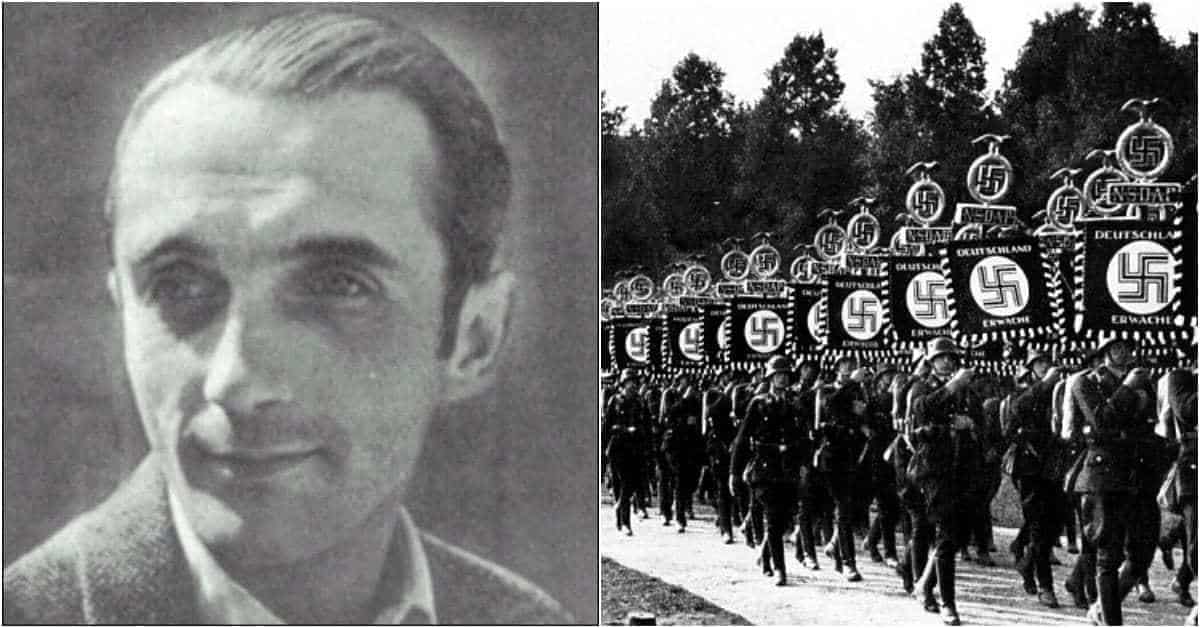The Indiana Jones movies introduced audiences to the idea that the Nazis were always after mythical historical artifacts like the Ark of the Covenant and the Holy Grail. As it turns out, there’s a lot of truth in that idea. And in fact, the Nazi Party’s paramilitary wing, the SS, actually did spend a lot of the prewar period investing in archaeological expeditions.
The head of the SS, Heinrich Himmler, was a firm believer in supernatural theories about race. In order to prove these theories, he convinced the party to sponsor these expeditions in search of mythical artifacts.
And as strange as these expeditions were, they often lead to even stranger choices of people to lead them. But the strangest choice might have been Otto Rahn, an open homosexual who despised the Nazi party. Despite his contempt for the Nazis and the policy of the SS that all homosexuals should be sent to concentration camps, Otto Rahn was one of the most committed researchers into the story of the Holy Grail. And searches for myths sometimes lead to strange bedfellows. But why was Himmler so obsessed with these myths? And what made Otto Rahn decide to accept?
There’s little doubt that a number of strange ideas were influential for some of the Nazi leaders. Several of the earliest supporters of the Nazi Party belonged to a group called the “Thule Society,” which believed that Germans descended from a mythical “Aryan” culture in Northern Europe.
The Thule Society believed that their Aryan blood made them superior to other people and put a heavy emphasis on racial purity. All new members were forced to swear an oath stating that “no Jewish or colored blood flows in either his or in his wife’s veins, and that among their ancestors are no members of the colored races.”

Just how much Adolph Hitler was personally influenced by these ideas is the subject of debate. There’s no evidence that Hitler ever attended Thule Society meetings. There are a number of striking similarities between the ideas about race advocated by the Thule Society and Hitler’s personal ideology.
For instance, Hitler also believed that Germans were racially superior to other groups and that their blood had to be protected from the influence of other races. However, Hitler doesn’t seem to have been as interested in occultism as some other Nazi leaders.
Occultism had a much larger influence on people like Heinrich Himmler, head of the SS. Heinrich Himmler was an early proponent of the idea that Germans were descended from a race of “Aryans” and spent a great deal of time trying to re-establish what he considered to be an Aryan culture in Germany with efforts to re-invigorate Germanic paganism and find the long lost “homeland” of the Aryans.
And after taking control of the SS, Himmler sponsored a number of expeditions to places as far away as Tibet to examine the locals for “Aryan” features and find evidence to support his ideas.

